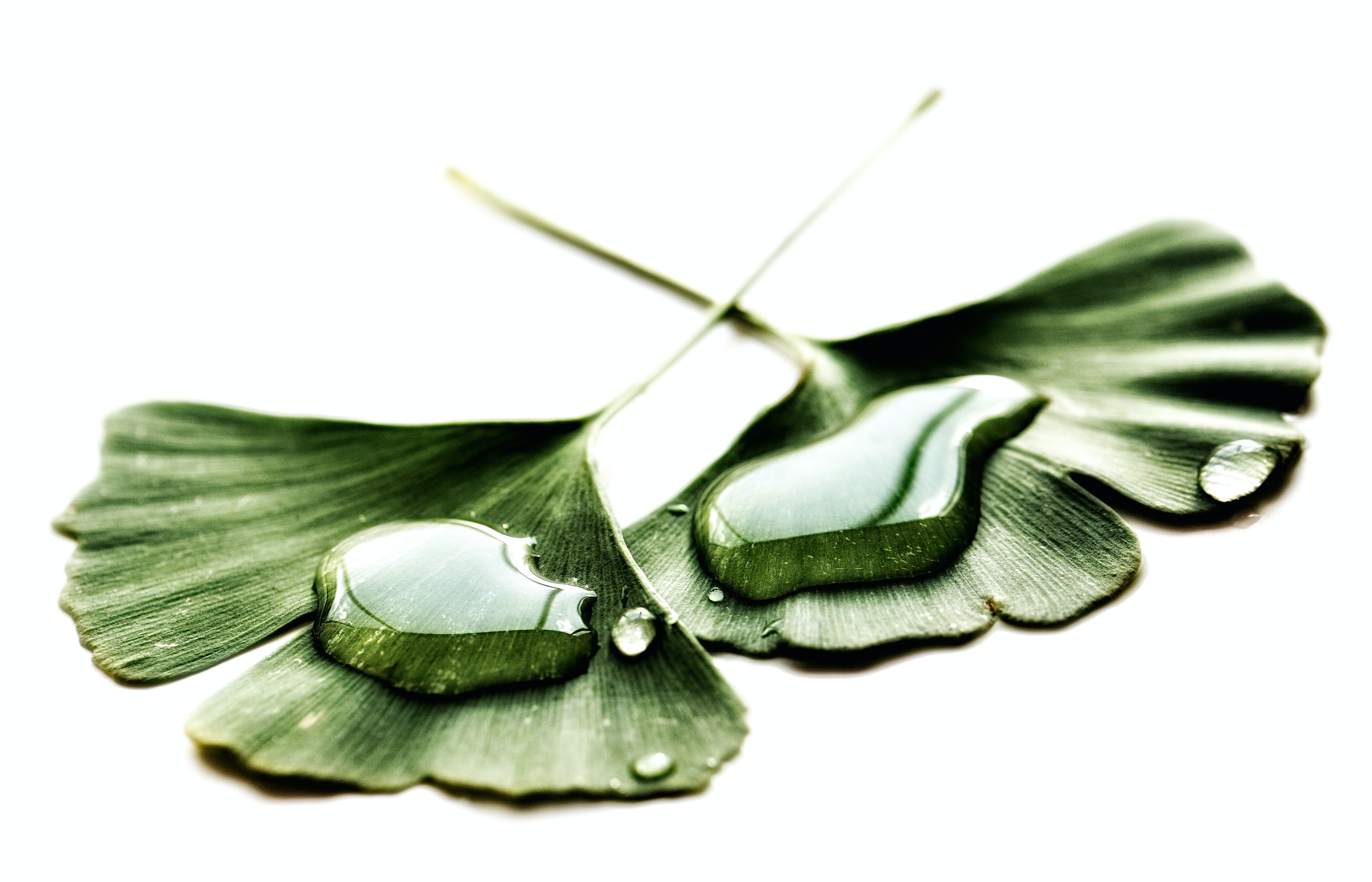
Although plants are not speed merchants and can’t catch up with insects flying away from them, they are capable of twisting and climbing, and also of reacting to stimuli in a systematic and coordinated manner. They are not immobile, but our zoocentrism sometimes prevents us from noticing it.
Many organisms can move, which allows them to be aware of their surroundings and arrange themselves in the most beneficial position from many aspects. Movement is obvious in some ways when we speak of animals, yet when it comes to plants it is harder to notice – it requires far more patience. In general, plants (to simplify, we will stick to land plants) are basically incapable of changing the location in which they live. However, they too can register environmental transformations and, through movement, optimize their chances for survival, growth and reproductive success.
This phenomenon was already seen in antiquity. For example, Androsthenes of Thasos, one of Alexander the Great’s generals, noted that the leaves of some plants folded at night and unfurled during the day. Similar observations were made about the movements of flower petals over 24 hours, which Linnaeus used to create his famous flower clock. Charles Darwin was also interested in this subject and he talked about movement in plants in his book The Power of Movement in Plants, published in 1880.
Light and darkness
As plants have no muscles or tendons, changes in positions of their organs, known as tropisms, are usually the effect of directional growth stimulated by a given factor. It is much rarer to observe actual movement – for example, the flagellated sperm cells of bryophytes, ferns and some gymnosperms (cycads and ginkgos) are capable of this.
One of the most common types of directional growth is phototropism, thanks to which the shoots of plants grow towards the light source. A change in growth direction occurs in the area of intense cell divisions, and the bending of the shoot is caused by the difference in the speed of cell growth in the exposed and shaded sides. Plant hormones called auxins are responsible for this. Thanks to the action of blue light receptors known as phototropins, auxins concentrate mainly on the shaded sides of the shoot, which stimulates the lengthening of the cells. Where there are less auxins the rate of cell growth also decreases, so the shaded side grows faster and the entire organ leans towards the light. This mechanism is also partly the basis of the inflorescence (flower head) movement of sunflowers (Helianthus annuus), which, as we know, follow the sun. Here though, the 24-hour rhythm of these plants is equally important, otherwise full synchronization would be impossible (since in the night, the sun does not travel back across the sky to the west). Therefore the daily movement of the inflorescences from east to west is stimulated by uneven shoot growth due to auxin distribution, whereas the nightly return towards the east is connected to the action of the sunflowers’ internal clocks. Growth is halted when flowering stops, with the sunflowers left facing east.
The whole process has an adaptive basis, as shown by the experiments of researchers from the University of California. Inflorescences that are exposed to light and warmed are five times more attractive to pollinators than those that remain in the shade. However, growth towards the light is not always the best solution. In the case of tropical lianas, e.g. Monstera gigantea (a relative of the Swiss cheese plant), and also climbing plants such as the grapevine (genus Vitis), a better strategy in the earlier stages of life may be to direct shoots towards the darkest place on the horizon. This is because sensing shade most likely indicates a tree or other prop that the monstera or grapevine shoots can climb. Once they reach it, they start to grow normally, towards the light.
However, some organs should not grow towards light, as their role is to anchor the plant to the ground. We are talking here, of course, of roots – for which the direction of growth is dictated by gravitropism, which is plants’ response to gravity. Shoots tend to be characterized by negative gravitropism, so they rise above the ground, whereas roots have positive gravitropism and they grow down into the soil, according to the laws of physics. The fact that plants ‘feel’ Earth’s gravitational pull can be seen in their cells and tissues, with clearly asymmetrical organelle distribution. What does this mean? That, in their interiors, the lighter vacuoles are found in the upper part of the cell, while the heavier nuclei and amyloplasts are found in the lower part. From time to time, plant tissues have special cells called statocytes, which contain so-called ‘statoliths’, such as starch granules. Gravity causes the heavy statoliths to move and press on a given structure in a cell, letting the plant know in which direction it should grow.
Action and reaction
A stimulus-inducing plant movement may also be chemical in nature. In the leaves of sundew (genus Drosera), which are covered in hundreds of glandular hairs ending in a sticky droplet, the signal that causes uneven growth is the organic substances released by an insect which imprudently sits on its leaf and sticks to the sticky residue. In no time, the opposite side of the leaf begins to grow quickly, which leads to the bending of its blade and the victim is engulfed. Its body will soon be digested by proteolytic (protein digesting) enzymes, which are also excreted by the little hairs.
The movements of leaves or shoots are rarely rapid. Yet here, too, plants may surprise us. Mimosa pudica, known among others as the touch-me-not, belongs to the pea family: it is related to beans and acacias. It comes from the tropical regions of America and is an annual plant. This species is currently common in many tropical regions of the world. Mimosa is famous for the astonishing speed with which it is capable of folding its leaves in response to being touched. This is not a unique trait, because similar reactions can be observed in many other related species, yet the fact that Mimosa can react in a split second after the stimulus occurs makes it a record breaker. Movement is enabled by special pockets at the base of the petiole and on specific areas of the leaf blade. Thanks to rapid changes in their turgidity (i.e. intracellular pressure) the leaf parts begin to fold as fast as 0.08 seconds from the moment of the signal action. Such fast signal transmission is possible thanks to changes to the electrical potential of the pocket cells, which leads to the excretion of water into the extracellular spaces. In effect, the cells lose firmness, and the leaf begins to fold; ‘pumping it up’ again normally takes 15-20 minutes.
Changes in turgidity are also behind the swift folding of the leaves of another famous insect-eating plant: the Venus flytrap (Dionaea muscipula). Its leaf blades are made up of two halves, which fold along the main nerve. The impulse that leads to the trap snapping shut is the stimulation of the trigger hairs on the surface of the leaf (usually two to four). Interestingly, in order for the mechanism to be activated, the hairs must be touched at least twice in the space of around 20 seconds. This prevents the accidental shutting of the trap by falling raindrops or another leaf, for example. A similar mechanism causes the folding of barberry (genus Berberis) stamens towards the stigma when pressed by an insect landing on the flower. The aim of this movement is to get pollen grains onto the animal’s body. Almost the opposite movement of the stigma occurs in Mimulus or Catalpa flowers, which, by bending into the flower, can effectively collect pollen from an approaching pollinator insect.
Essentially, movements connected with turgidity changes are reversible: Mimosa leaves unfold again, and flytraps reopen. However, in changes related to the maturation of some seeds and fruits, tension builds up within tissues, or between them, as a result of which, once a critical point has been passed, a violent, almost explosive release of tension follows. In effect, part of the fruit shoots off (such as in Impatiens) or an entire large berry (as in the squirting cucumber Ecballium elaterium, also known as the exploding cucumber). In this last case, the whole process is reminiscent of opening a bottle of champagne: the fruit flies off like a cork, pulling behind it a string of seeds.
At the end of our story about the movements of plants, we absolutely must mention the mobile cells in their organisms – those that form stomata. The function of stomata is to regulate gas exchange in plants, when significant water loss from leaves and shoots may also occur. This means that the movement of the stomata must be strictly regulated. It is controlled by light or chemical (CO₂ concentration) signals, or is connected to water deficit; when a plant begins to lose water, all the stomata rapidly close. It is thanks to the efficiency of these cells that photosynthesis occurs, and that plants do not risk drying up.
Translated from the Polish by Annie Jaroszewicz










